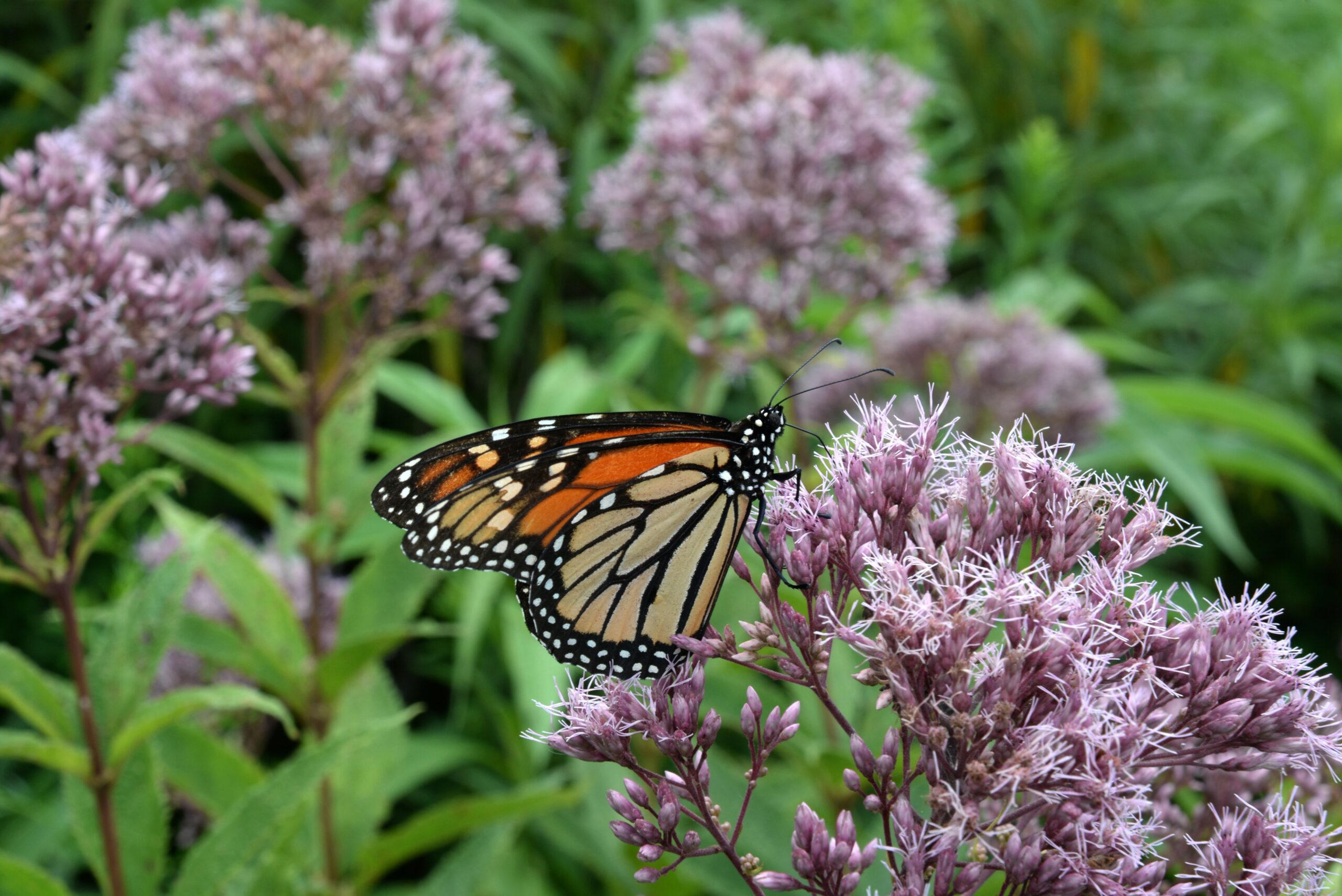This article was originally published in National Review.
In a long-awaited decision, the U.S. Fish and Wildlife Service announced this week that it will not list the monarch butterfly under the Endangered Species Act (ESA). The agency noted that the iconic insect’s population has plummeted in recent decades and warrants federal protections, but that it declined to list the monarch now because it’s too busy with other, higher-priority species.
Despite outrage from some environmentalists, this outcome could be good news for the beloved orange and black butterfly, whose recovery will ultimately depend on the voluntary efforts of states and private landowners, not regulatory edicts from Washington.
When it comes to recovering imperiled wildlife, the ESA has a dreadful record. While it’s true that only 1 percent of the species listed under the act have gone extinct, just 3 percent have recovered. The law may be good at halting activities that harm species, but its punitive approach does little to encourage people to proactively create or restore habitats. In fact, it often does the exact opposite. Most species remain on the list indefinitely, never quite falling off the precipice to extinction, but almost never backing away from the cliff’s edge, either.
The main reason for the ESA’s failure is that it gets the incentives backward. Rather than rewarding farmers, ranchers, and other ordinary citizens who provide habitat for listed species, the act imposes significant costs by restricting how people can use their land and reducing property values by introducing regulatory uncertainty. As a former Fish and Wildlife Service administrator once noted, “The incentives are wrong here. If I have a rare metal on my property, its value goes up. But if a rare bird occupies the land, its value disappears.”
This is especially vexing and troublesome when it comes to the monarch, whose survival depends on the goodwill of landowners across the nation. The butterfly is found in every state in the lower 48 and relies on habitats ranging from rural prairies to urban gardens. The insect’s famous annual migration from Mexico to Canada hinges on the presence of milkweed — the sole food source for its caterpillars. But the weed is in short supply today, in part due to increased herbicide use.
The key to the monarch’s recovery, then, is straightforward. First, plant more milkweed. According to the U.S. Geological Survey, as many as 1.8 billion more milkweed stems are needed. The irony, however, is that granting endangered-species protections to the monarch might be the surest way to discourage people from planting milkweed. After all, why would any farmer, company, or gardener want to attract butterflies that bring restrictions on how they can use their land?
Federal protections for the monarch would all but squash a voluntary habitat-exchange program established by the Environmental Defense Fund that compensates farmers and ranchers for planting milkweed near their fields or pastures. Other voluntary monarch-friendly efforts undertaken from Texas to Minnesota could similarly be affected. Conservationists have, therefore, started looking to a variety of nonregulatory strategies to avoid the perverse incentives that come with a formal listing. Likewise, earlier this year, state and federal officials struck an agreement—18 months in the making—to allow transportation departments and utility companies to plant flowers along roads and other rights-of-way without fear of being punished with land-use restrictions if the monarch is eventually listed.
These efforts underscore just how far conservationists must go to bypass the unfortunate effects of the ESA. For species such as the monarch that rely on private lands, successful conservation often means doing anything other than listing the species under the very law meant to protect them.
If environmentalists are concerned about recovering species—not just controlling land use—they must acknowledge the need for better incentives to help at-risk species thrive. Recent administrative reforms, particularly one that gives the Fish and Wildlife Service leeway to tailor specific rules for threatened species, are promising and could improve the status quo. If the agency later proposes to formally list the monarch, it could craft a tailored rule to ensure actions intended to help the species—such as planting milkweed—are not penalized, avoiding some of the counterproductive effects of blunt, punitive regulation. But when policy success requires bespoke carve outs for each individual case, it’s a good sign that the policy needs to be fixed.
The default approach to endangered-species policy should be to reward—or at the very least, to avoid punishing—people who provide important and hospitable habitats. As the plight of the monarch indicates, we still have a long way to go in making rare species assets worth protecting rather than liabilities to be avoided.





